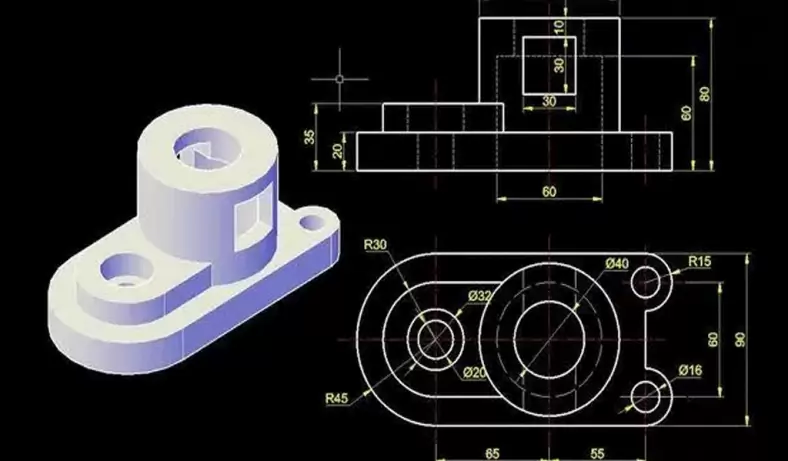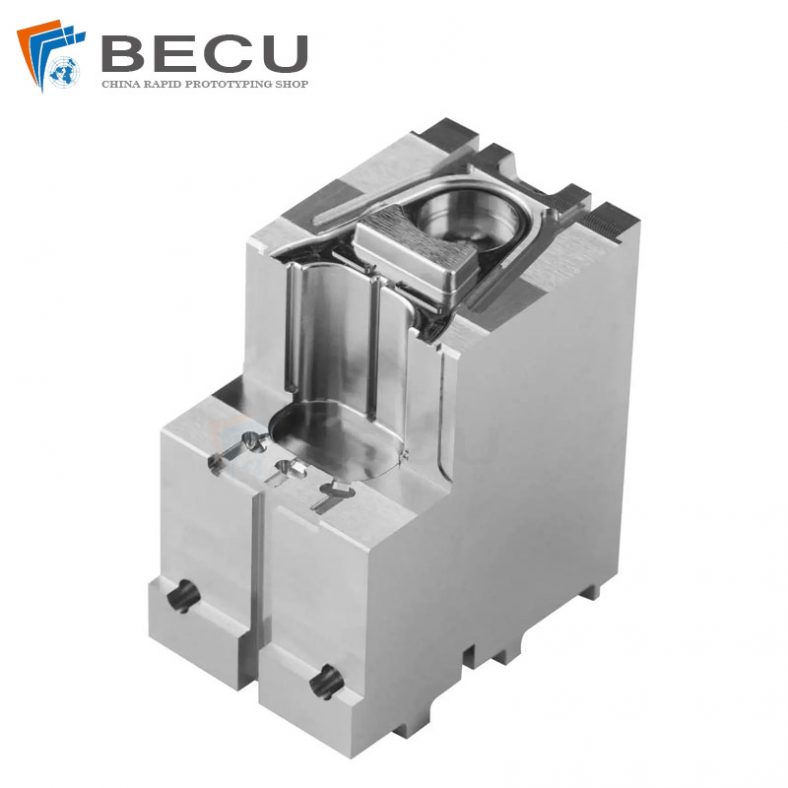In today’s fast-paced technological landscape, where innovation is the driving force, optimizing the hardware design and manufacturing process has become paramount. Achieving a delicate balance between speed and control in these processes can significantly impact time-to-market, product quality, and overall competitiveness. This article delves into the strategies, methodologies, and technologies that organizations can employ to achieve efficient hardware design and manufacturing while maintaining stringent control measures.

The Significance of Speed and Control
Hardware design and manufacturing are intricate processes that demand a strategic approach to strike a balance between speed and control. Speed is essential to meet ever-shrinking product lifecycles and rapidly evolving consumer demands.
Control, on the other hand, ensures that quality standards are upheld, risks are minimized, and regulatory compliance is maintained. The symbiotic relationship between speed and control forms the foundation of successful hardware development.
Agile Development: Pioneering Speed and Adaptability
Agile methodologies, born from software development practices, have made a substantial impact on hardware design and manufacturing. The essence of agility lies in breaking down the project into smaller, manageable iterations. This allows for swift adjustments, real-time feedback incorporation, and seamless adaptability to changing requirements. Cross-functional teams collaborate more effectively, leading to faster decision-making and reduced design-to-market cycles.
Bridging the Gap: Cross-Functional Collaboration
Collaboration between hardware design and manufacturing teams is pivotal. The traditional siloed approach often leads to design flaws that are only identified during the manufacturing phase. Early involvement of manufacturing experts in the design process ensures that manufacturability challenges are addressed upfront. This synergy minimizes design changes, reduces rework, and ultimately accelerates the production timeline.
Simulation and Modeling: Predictive Precision
Simulation and modeling technologies have transformed hardware design by providing virtual environments for testing and validation. Engineers can predict how a design will perform under real-world conditions, identifying potential bottlenecks and weaknesses early in the process. This not only expedites problem-solving but also minimizes the need for physical prototypes, thereby cutting costs and speeding up the iterative process.
Rapid Prototyping: Accelerating Iterations
The advent of rapid prototyping techniques, such as 3D printing and CNC machining service, has revolutionized hardware design. These technologies facilitate the quick creation of physical prototypes, enabling designers to visualize and validate their concepts swiftly. Rapid prototyping shortens design cycles, enhances collaboration, and fosters innovation by allowing engineers to learn from tangible models and iterate rapidly.
-

CNC Machining Bakelite Circuit Board Test Fixture
-

Precision Grinding Tungsten Steel Mold Parts
-

5 Axis CNC Machining Medical Olecranon Plate
-

Special-Shaped Non-Standard Medical Device Needles
-

High-Speed Steel (HSS) Die Punching Needles
-

Precision Tungsten Copper Alloy Eccentric Insert
-

5 Axis CNC Machining Spiral Bevel Gear Mold
-

Small Precision Injection Molding Inserts
Design for Manufacturability: Efficiency from Inception
Design for Manufacturability (DFM) is a guiding principle that promotes designing products with the manufacturing process in mind. By optimizing designs to reduce complexity, minimize components, and simplify assembly, DFM streamlines the production process. This reduces lead times, minimizes errors, and enhances overall efficiency by ensuring designs are manufacturable from the outset.
Modular Design: Orchestrating Parallel Development
Complex hardware systems can benefit from modular design strategies. Breaking down systems into modular components enables parallel development, where teams can work on different modules simultaneously. This accelerates the overall design and manufacturing process, as modules can be developed, tested, and integrated independently. The modular approach also simplifies maintenance and upgrades, contributing to the product’s lifecycle.
Advanced Manufacturing Technologies: Precision and Automation
Embracing advanced manufacturing technologies, such as additive manufacturing (3D printing), automated assembly, and robotics, is pivotal for optimizing speed and Statistical Process Control. Additive manufacturing offers unparalleled design freedom, faster prototyping, and reduced material wastage. Automated assembly processes enhance precision, reduce human errors, and elevate production throughput. Robotics streamline repetitive tasks, ensuring consistent quality and freeing human resources for more complex endeavors.
Supply Chain Optimization: Timely Material Flow
A well-optimized supply chain is the backbone of efficient hardware manufacturing. Ensuring a steady and timely flow of materials and components prevents production bottlenecks and delays. Strategic partnerships with suppliers, inventory management systems, and real-time tracking technologies contribute to smoother production processes and shorter lead times.
Continuous Improvement: Lean and Six Sigma Principles
Continuous improvement methodologies, such as Lean and Six Sigma, instill a culture of refinement and optimization. By analyzing processes, identifying bottlenecks, and eliminating wasteful activities, organizations can enhance efficiency and product quality. These methodologies empower teams to identify areas for improvement and implement incremental changes that collectively result in significant time and cost savings.
Data-Driven Decision Making: Insights for Optimization
Collecting and analyzing data throughout the design and manufacturing process generates valuable insights for optimization. Data-driven decision-making enables teams to identify patterns, anomalies, and areas of improvement. Whether it’s monitoring equipment performance, identifying production inefficiencies, or predicting maintenance needs, data-driven insights foster informed decision-making that drives efficiency and enhances control.
Streamlined Communication: Alignment for Success
Effective communication is the bedrock of successful hardware design and manufacturing. Clear communication channels between design, manufacturing, and management teams ensure that everyone is aligned with project goals, timelines, and potential challenges. Transparent communication fosters collaboration, minimizes misunderstandings, and allows for quicker problem-solving, ultimately expediting the entire process.
Risk Management: Mitigating Disruptions
Identifying and managing risks is critical to maintaining control during hardware design and manufacturing. A comprehensive risk management strategy involves identifying potential disruptions, evaluating their impact, and developing contingency plans to mitigate them. By proactively addressing potential challenges, organizations can prevent costly delays and maintain project timelines.
Conclusion
Optimizing for speed and control in hardware design and manufacturing is a multifaceted endeavor that demands a holistic approach. By embracing agile methodologies, fostering cross-functional collaboration, utilizing advanced technologies, and implementing continuous improvement practices, organizations can achieve efficient processes without compromising product quality or control. The delicate balance between speed and control enables businesses to stay competitive in a rapidly evolving landscape while delivering innovative, high-quality products to the market.
